Human Biology 9th Edition
Human Biology Ninth Edition:
Additional ISBNs:
∗ eText ISBN: 1284166163, 978-1284166163, 9781284166163
Table of Contents
Cover
Half Title
Title Page
Copyright Page
Dedication Page
Brief Contents
Contents
Preface
The Student Experience
Teaching Tools
Acknowledgments
About the Author
Study Skills
1 Principles of Human Biology, Science, and Critical Thinking
1-1 Health and Homeostasis
What Is Homeostasis?
Healthy Environments
Dimensions of Health
Health and Homeostasis
1-2 Evolution and the Characteristics of Life
HealthNote 1-1 Maintaining Balance: Reducing Stress in Your Life
Common Characteristics of Organisms
What Is Evolution?
What Makes Humans Unique?
1-3 Understanding Science
The Scientific Method
What Is a Theory?
Inductive and Deductive Reasoning
Science and Human Values
1-4 Critical Thinking
Scientific Discoveries that Changed the World Debunking the Theory of Spontaneous Generation
2 An Introduction to the Chemistry of Life
2-1 Atoms and Subatomic Particles
Atoms
The Elements
Isotopes
Scientific Discoveries that Changed the World The Discovery of Radioactive Chemical Markers
2-2 The Making of a Molecule
Chemical Bonds
Ionic Bonds
Covalent Bonds
Polar Covalent Bonds
Hydrogen Bonds
Organic and Inorganic Compounds
2-3 Water, Acids, Bases, and Buffers
Water
The Dissociation of Water
Acids
Maintaining pH: Buffers
2-4 Overview of Other Biologically Important Molecules
2-5 Health and Homeostasis
3 The Life of the Cell
3-1 Microscopes: Illuminating the Structure of Cells
Scientific Discoveries that Changed the World The Discovery of Cells
3-2 An Overview of Cell Structure
The Nuclear and Cytoplasmic Compartments
3-3 The Structure and Function of the Plasma Membrane
The Structure of the Plasma Membrane
Maintaining Homeostasis
Membrane Transport
Diffusion
Carrier Proteins and Diffusion
Active Transport
Endocytosis
Exocytosis
Osmosis
3-4 Cellular Compartmentalization: Organelles
The Nucleus
Mitochondria
Protein Production
Endoplasmic Reticulum
Ribosomes
The Golgi Complex
Lysosomes
Flagella
Cilia
Primary Cilia
Ameboid Movement
3-5 Energy and Metabolism
Energy Production in Cells
Cellular Respiration
Glycolysis
The Transition Reaction
The Citric Acid Cycle
The Electron Transport System
Enzymes
3-6 Fermentation
4 Principles of Structure and Function
4-1 From Cells to Organ Systems
Primary Tissues
Epithelium
The Marriage of Structure and Function
Connective Tissue
Connective Tissue Proper
Adipose Tissue
Specialized Connective Tissue
Muscle Tissue
Nervous Tissue
Organs and Organ Systems
4-2 Principles of Homeostasis
Negative Feedback
Sensors and Effectors
Upsetting Homeostasis
Control of Homeostasis
The Link between Health and Homeostasis
4-3 Biological Rhythms
Understanding Biological Rhythms
Control of Biological Rhythms
HealthNote 4-1 The Truth about Herbal Remedies
HealthNote 4-2 Wide Awake at 3 am: Causes and Cures of Insomnia
4-4 Health and Homeostasis
5 The Circulatory System
5-1 The Circulatory System’s Function: An Overview
5-2 The Heart
The Pulmonary and Systemic Circuits
Heart Valves
Heart Sounds
The Heart’s Pacemaker
Controlling Heart Rate
Measuring the Heart’s Electrical Activity
5-3 The Blood Vessels
Arteries and Arterioles
Scientific Discoveries that Changed the World The Circulation of Blood in Animals
Capillaries
Veins and Venules
HealthNote 5-1 Modern Medicine Turns to Leeches
5-4 The Lymphatic System
5-5 Cardiovascular Diseases: Causes and Cures
Myocardial Infarction
Preventing Heart Attacks
Treating Heart Attacks
Cardiac Arrest
High Blood Pressure, Hypertension
Atherosclerosis
Aneurysm
5-6 Health and Homeostasis
6 The Blood
6-1 Blood: An Overview
6-2 Blood Plasma
Blood as a Transport Medium
Regulating pH and Osmotic Pressure
Transport Molecules
6-3 Red Blood Cells
Structure of RBCs
Making New RBCs
Oxygen Transport
Anemia
6-4 White Blood Cells
Function of WBCs
Neutrophils
Monocytes
Lymphocytes
Leukemia
Infectious Mononucleosis
6-5 Blood Clotting
Platelets
Hemophilia
6-6 Blood Types
The Four Blood Types
Blood Transfusion
6-7 Health and Homeostasis
7 Nutrition and the Digestive System
7-1 An Introduction to Nutrition
Macronutrients
Carbohydrates
Lipids
HealthNote 7-1 Lowering Your Cholesterol
Amino Acids and Protein
Overnutrition
Eating Disorders
Micronutrients
Vitamins
Minerals
Functional Foods
A Healthy You
Stay Away from Fat Diets and Weight-Loss Products
HealthNote 7-2 Twelve Weeks to a Healthy Diet
7-2 The Digestive System
The Mouth
The Teeth
The Tongue
Epiglottis
The Esophagus
The Stomach
The Small Intestine
Digestive Enzymes
The Liver and Gall Bladder
The Intestinal Epithelium
The Large Intestine
7-3 Controlling Digestion
Saliva and Salivation
The Gastric Glands
Scientific Discoveries that Changed the World Discovering the Nature of Digestion
Control of Pancreatic Secretions
7-4 Controlling Hunger
7-5 Health and Homeostasis
8 The Integumentary System
8-1 The Skin: Epidermis and Dermis
Epidermis
Dermis
Skin Pigmentation
Age Spots
8-2 Sunburns and Skin Cancer
Preventing Skin Cancer
Treating Skin Cancer
8-3 Accessory Structures
Nails
Hairs and Hair Follicles
Sweat Glands
Sebaceous Glands and Follicles
Acne and Testosterone
8-4 Health and Homeostasis
9 The Respiratory System
9-1 Structure of the Human Respiratory System
Anatomy of the Respiratory System
HealthNote 9-1 First Aid for Choking That May Save Someone’s Life
Filtering Incoming Air
Warming and Moistening Incoming Air
The Alveoli
9-2 Breathing and the Control of Respiration
Inspiration and Expiration
Measuring Air Flow in the Lungs
Control of Breathing
9-3 Gas Exchange in the Lungs
Function of the Alveoli
9-4 Diseases of the Respiratory System
Bacterial and Viral Infections
Asthma
Chronic Bronchitis and Emphysema
9-5 Health and Homeostasis
HealthNote 9-2 Smoking and Health: The Deadly Connection
10 The Urinary System
10-1 Organs of Excretion
10-2 The Urinary System
The Anatomy of the Urinary System
The Anatomy of the Kidney
The Nephron
10-3 Function of the Urinary System
Blood Filtration in the Kidney
Glomerular Filtration
Tubular Reabsorption
Tubular Secretion
10-4 Controlling Urination
10-5 Controlling Kidney Function and Maintaining Homeostasis
ADH
Aldosterone
Caffeine
Ethanol
10-6 Diseases of the Urinary System
Kidney Stones
Renal Failure
Diabetes Insipidus
10-7 Health and Homeostasis
11 The Skeletal System
11-1 Structure and Function of the Human Skeleton
Axial Skeleton
The Appendicular Skeleton
11-2 Anatomy of a Bone
11-3 Bone Formation
Maintaining Calcium Levels
11-4 Repairing Bone Fractures
11-5 How Bones Meet New Stresses
11-6 Osteoporosis
HealthNote 11-1 Preventing Osteoporosis: A Prescription for Healthy Bones
11-7 The Joints
Repairing Damaged Joints
11-8 Joint Diseases
Arthritis
Rheumatoid Arthritis
11-9 Health and Homeostasis
12 The Muscular System
12-1 The Muscular System
Skeletal Muscles
12-2 Structure of Skeletal Muscle
12-3 Muscle Fibers
12-4 Muscle Contraction
12-5 ATP and Muscle Contraction
12-6 Recruitment
12-7 Muscle Tone
12-8 Slow- and Fast-Twitch Fibers
12-9 Increasing Muscle Size and Endurance
12-10 Injuries and Diseases of Muscles
Muscle Spasms and Cramps
Muscle Injuries: Strains and Tears
12-11 Health and Homeostasis
13 The Nervous System
13-1 An Overview of the Nervous System
The Central and Peripheral Nervous Systems
Somatic and Autonomic Divisions of the PNS
The Autonomic Nervous System
13-2 Structure and Function of the Neuron
The Structure of the Neuron
The Myelin Sheath
Nerve Cell Repair
Oxygen Sensitivity of Nerve Cells
Nerve Cell Impulses
The Action Potential
Nerve Cell Transmission
Synaptic Transmission
Excitation and Inhibition
Limiting a Neuronal Response
Altering Synaptic Transmission
HealthNote 13-1 Feeling Blue: Understanding and Treating Depression
HealthNote 13-2 Recreational Drug Use: Is It a Good Idea?
13-3 The Spinal Cord and Nerves
Spinal Nerves
Sensory and Motor Nerves
Interneurons
Damage to the Spinal Cord
13-4 The Brain
Cranial Nerves
The Cerebrum
The Primary Motor Cortex
The Primary Sensory Cortex
The Association Cortex
Unconscious Functions
The Cerebellum
The Thalamus
The Hypothalamus
Limbic System
The Brain Stem
Cerebrospinal Fluid
Measuring Electrical Activity of the Brain
13-5 Learning and Memory
Where Are Memories Stored?
How Are Memories Stored?
Maintaining Mental Acuity in Old Age
13-6 Diseases of the Brain
Headaches
Sciatica
Alzheimer’s Disease
Parkinson’s Disease
Multiple Sclerosis
Brain Tumors
13-7 Health and Homeostasis
14 The Senses
14-1 The General and Special Senses
14-2 The General Senses
Naked Nerve Endings
HealthNote 14-1 Old and New Treatments for Pain
Encapsulated Receptors
Adaptation
14-3 Taste and Smell
Taste Buds
Primary Flavors
The Olfactory Epithelium
Smell and Taste
14-4 The Visual Sense: The Eye
Anatomy of the Eye
Focusing Light on the Retina
Visual Problems
14-5 Hearing and Balance: The Cochlea and Middle Ear
The Anatomy of the Ear
The Eustachian Tube
Structure and Function of the Cochlea
Hearing Loss
The Vestibular Apparatus
14-6 Health and Homeostasis
15 The Endocrine System
15-1 Principles of Endocrinology
Target Cells
Scientific Discoveries that Changed the World Pancreatic Function: Is It Controlled by Nerves or Hormones?
Tropic and Nontropic Hormones
Negative Feedback Control
15-2 The Pituitary and Hypothalamus
The Anterior Pituitary
Growth Hormone
Control of Growth Hormone Section
Thyroid-Stimulating Hormone
Adrenocorticotropic Hormone
The Gonadotropins
Prolactin
The Posterior Pituitary
Antidiuretic Hormone
Oxytocin
15-3 The Thyroid Gland
Actions of Thyroxine and Triiodothyronine
Calcitonin
15-4 The Parathyroid Glands
15-5 The Pancreas
Insulin
Glucagon
Diabetes Mellitus
Treating Diabetes
15-6 The Adrenal Glands
Adrenal Medulla
Adrenal Cortex
15-7 The Pineal Gland
15-8 Other Hormone-Producing Cells, Tissues, and Organs
15-9 Health and Homeostasis
16 The Immune System
16-1 Viruses and Bacteria: An Introduction
Viruses
Bacteria
Treating Bacterial and Viral Infections
HealthNote 16-1 Maggots: The Latest in Medical Care?
16-2 The First and Second Lines of Defense
The First Line of Defense
The Second Line of Defense
The Inflammatory Response
Pyrogens, Interferons, and Complement
16-3 The Third Line of Defense: The Immune System
Antigens
Immunocompetence
B Cells and Antibodies
Primary Response
Secondary Response
How Antibodies Work
T Cells
Macrophages, Dendritic Cells, and Immunity
Active and Passive Immunity
HealthNote 16-2 Bringing Baby Up Right: The Immunological and Nutritional Benefits of Breast Milk
Developing a Strong Immune System
Tissue Transplantation
Immunotherapy
16-4 Diseases of the Immune System
Allergies
Autoimmune Diseases
Lymphoma
16-5 Health and Homeostasis
A Closer Look: Acquired Immunodeficiency Syndrome
The Human Immunodeficiency Virus
Where Did HIV Come From?
The Rising Incidence of AIDS
Stages of AIDS
Cancer, Brain Deterioration, Tuberculosis, and HIV
HIV Transmission
Preventing the Spread of AIDS
Promising Developments
Global Progress Combatting HIV
HIV Vaccine
17 Human Reproduction
17-1 The Male Reproductive System
The Testes
The Sex Accessory Glands
Prostate Diseases
Sperm Formation
Interstitial Cells
Testosterone
The Penis
Ejaculation
Hormonal Control of Male Reproduction
17-2 The Female Reproductive System
Anatomy of the Female Reproductive System
The External Genitalia
Sexual Arousal and Orgasm
The Ovaries
The Menstrual Cycle
Hormonal Control of Female Reproduction
Uterine Changes
Effects of Fertilization
Estrogen
Progesterone
Premenstrual Syndrome
Menopause
Diseases of the Female Reproductive System
17-3 Birth Control
Contraception
Abstinence and Surgical Sterilization
Hormonal Implants, IUDs, and Birth Control Pills
HealthNote 17-1 Breast Cancer: Early Detection Is the Key to Survival
Barrier Methods: Cervical Caps, Condoms, Diaphragms, and Vaginal Sponges
Withdrawal and the Rhythm Method
Male Contraceptives
Abortion
17-4 Infertility
17-5 Health and Homeostasis
A Closer Look: Sexually Transmitted Diseases
Chlamydia
Gonorrhea
Syphilis
Genital Herpes
Genital Warts
Trichomoniasis
Genetically Resistant STDs
Preventing STDs
18 Human Development and Aging
18-1 Fertilization
Passage through the Female Reproductive Tract
Sperm Mobility
Sperm Penetration
The Block to Polyspermy
Zygote Formation
18-2 Pre-Embryonic Development
Implantation
Ectopic Pregnancy
Placental Hormones
The Amnion
18-3 Embryonic Development
18-4 Fetal Development
The Fetal Circulatory System
18-5 Birth Defects
18-6 Childbirth and Lactation
Stages of Childbirth
Lactation
HealthNote 18-1 Breast Augmentation: Balancing the Benefits and Risks
18-7 Changes in a Woman’s Body During Pregnancy
18-8 Aging and Death
Decline in Cell Number and Cell Function
Healthy Aging
Preventing Diseases of Old Age
HealthNote 18-2 Can We Reverse the Process of Aging?
Death
18-9 Health and Homeostasis
19 Chromosomes, Cell Division, and the Cell Cycle
19-1 The Cell Cycle
Interphase
Cell Division
19-2 The Chromosome
Scientific Discoveries that Changed the World Unraveling the Structure and Function of DNA
Chromosomal Condensation
Chromatids and Chromosomes
19-3 Cell Division: Mitosis and Cytokinesis
Mitosis
Cytokinesis
19-4 Control of the Cell Cycle
20 Principles of Human Heredity
20-1 Meiosis and Gamete Formation
Meiosis I
Meiosis II
Gamete Production
20-2 Principles of Heredity: Mendelian Genetics
Blending of Traits
Principle of Segregation
Dominant and Recessive Genes
Genotype and Phenotype
Determining Genotypes and Phenotypes
The Principle of Independent Assortment
20-3 Mendelian Genetics in Humans
Autosomal-Recessive Traits
Autosomal-Dominant Traits
20-4 Variations in Mendelian Genetics
Incomplete Dominance
Multiple Alleles and Codominance
Polygenic Inheritance
Crossing-Over
The Human Genome Project
20-5 Sex-Linked Genes
Determination of Sex
Recessive X-Linked Genes
Dominant X-Linked Genes
Y-Linked Genes
Sex-Influenced Genes
HealthNote 20-1 The Causes and Cures of Baldness in Men and Women
20-6 Chromosomal Abnormalities and Genetic Counseling
Defects in Chromosome Structure
Genetic Screening
Mitochondrial DNA Abnormalities
20-7 Health and Homeostasis
21 How Genes Work
21-1 DNA and RNA: Macromolecules with a Mission
DNA Replication
RNA
RNA Synthesis
21-2 How Genes Work: Protein Synthesis
21-3 Controlling Gene Expression
Scientific Discoveries that Changed the World Unraveling the Mechanism of Gene Control
21-4 Epigenetic Control of Gene Expression
21-5 Health and Homeostasis
22 Genetic Engineering and Biotechnology
22-1 Genetic Manipulation: An Overview
22-2 Cloning
22-3 Recombinant DNA Technology
Removing Genes
Mass Producing Genes
Producing Genes on mRNA
The Polymerase Chain Reaction
22-4 Applications of Recombinant DNA Technology
Treating Diseases
Vaccines
Transgenic Organisms
Transgenic Plants
Transgenic Microorganisms
Gene Therapy
Mapping the Human Genome
22-5 Controversies Over Genetic Engineering—Ethics and Safety Concerns
A Closer Look: Cancer: A Closer Look
What Is Cancer?
Metastasis
How Cancers Form
Cancer Treatments
New Treatments for Cancer
23 Infectious Diseases
23-1 The Infectious Agents of Human Disease
Disease-Causing Agents
Scientific Discoveries that Changed the World The Germ Theory of Infectious Disease
Viruses and Bacteria
Eukaryotic Pathogens and Parasites
HealthNote 23-1 Prions: Virus-Like Infectious Agents
23-2 The Course of a Human Disease
Pathogens and Disease
The Signs and Symptoms of Human Disease
The Course of a Disease
23-3 How Pathogens Cause Disease
Enzymes and Toxins
HealthNote 23-2 Infectious Disease and Biofilms
23-4 How Infectious Diseases Are Transmitted
Direct Transmission Methods
Indirect Transmission
23-5 Emerging Infectious Diseases and Bioterrorism
Emerging and Reemerging Infectious Diseases
Why Are New Diseases on the Rise?
Bioterrorism
23-6 Health and Homeostasis—Staying Healthy
24 Evolution
24-1 The Evolution of Life
Chemical Evolution
Evidence for Chemical Evolution Theory
The Panspermia Hypothesis
The First Cells
The Emergence of Eukaryotes
Evolution of Plants and Animals
24-2 How Evolution Works
Genetic Variation
Scientific Discoveries that Changed the World Debunking the Notion of the Inheritance of Acquired Characteristics
Natural Selection
Survival of the Fittest
Jumping Genes and Evolution
24-3 The Evidence Supporting Evolution
The Fossil Record
Homologous Structures
Biochemical Similarities
Embryologic Development
Experimental Evidence
Biogeography
24-4 Early Primate Evolution
Fossil Evidence
24-5 Evolution of the Australopithecines
24-6 Evolution of the Genus Homo
Homo Neanderthalensis and Homo Sapiens
Human Races
24-7 Health and Homeostasis
HealthNote 24-1 Well Done, Please: The Controversy over Antibiotics in Meat
25 Ecology and the Environment
25-1 An Introduction to Ecosystems
The Biosphere
Biomes and Aquatic Life Zones
Ecosystems
Habitat
Niche
25-2 Ecosystem Function
Producers
Food Chains and Food Webs
Energy and Nutrient Flows
Trophic Levels
Nutrient Cycles
Biological Succession
25-3 Overshooting the Earth’s Carrying Capacity
Exceeding the Carrying Capacity
Resources
Pollution
25-4 Overpopulation: Problems and Solutions
Where Is Overpopulation Occurring?
Benefits of Reducing Population Growth
25-5 Resource Depletion: Eroding the Prospects of All Organisms
Forests
Soil
Water
Oil
25-6 Pollution
Global Warming and Climate Change
Impacts of Global Warming
Solutions to Global Warming
Acid Deposition
The Ozone Layer
25-7 Health and Homeostasis
Appendix A: Periodic Table of Elements
Appendix B: The Metric System
Appendix C: Analysis of Critical Thinking Scenarios from Each Chapter
Glossary
Index


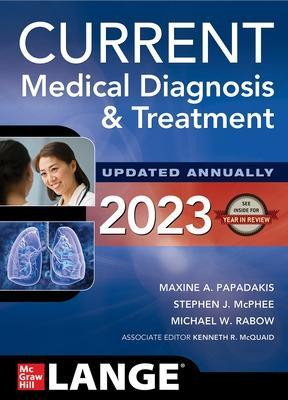
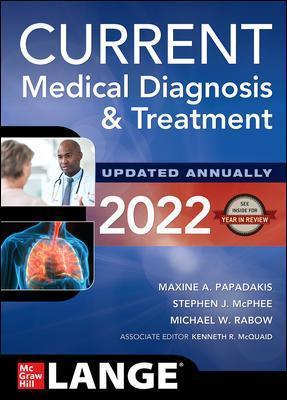
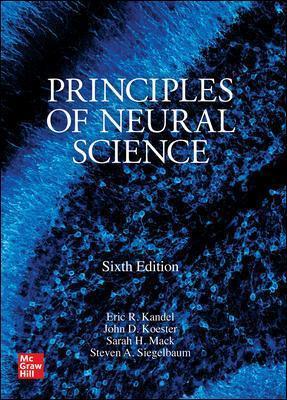





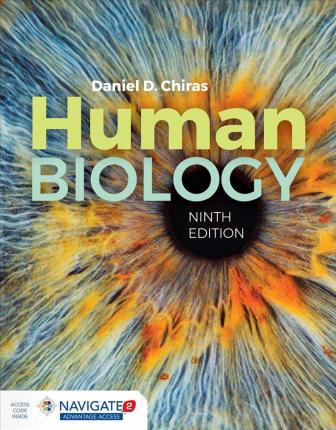
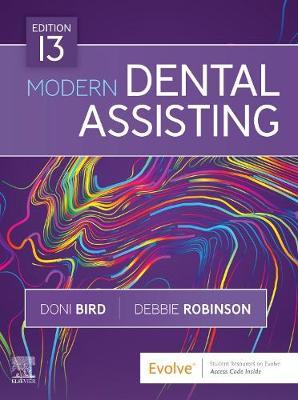
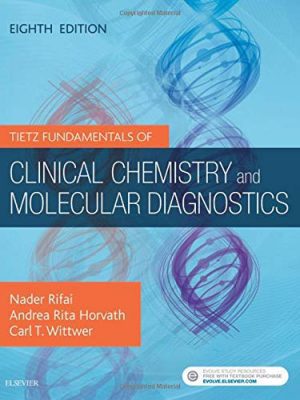
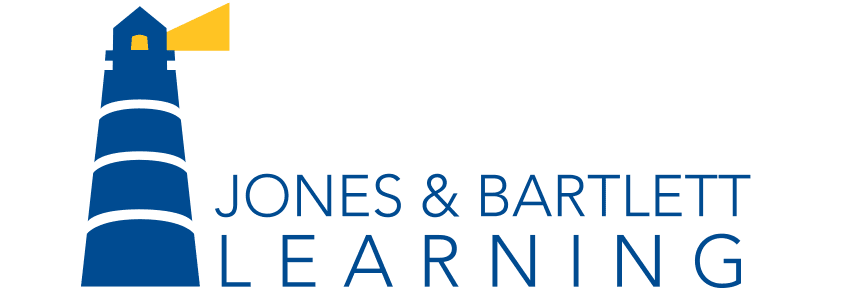



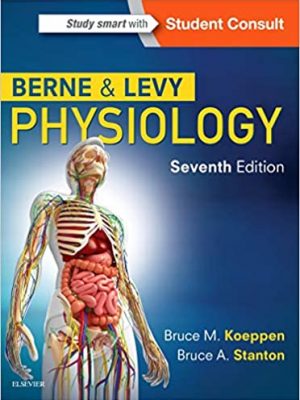
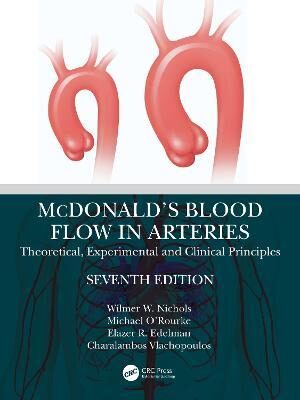
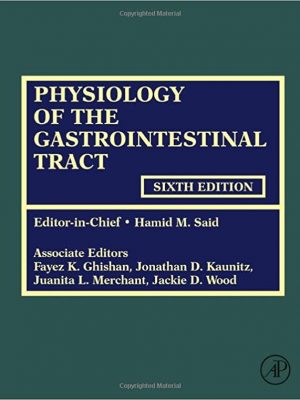
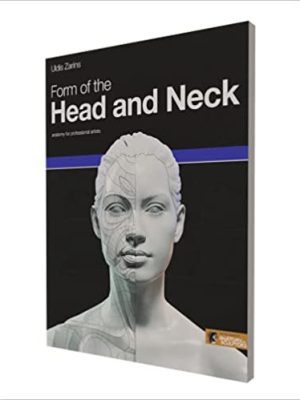

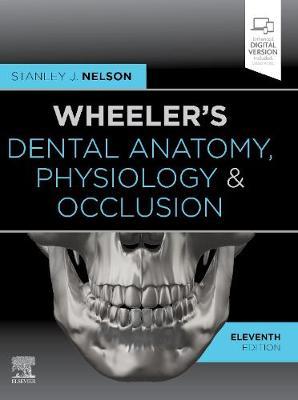
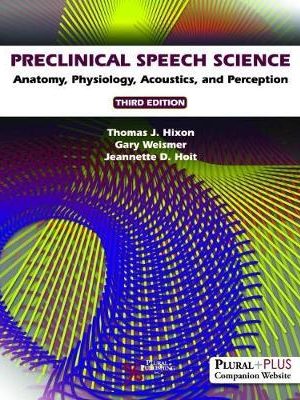

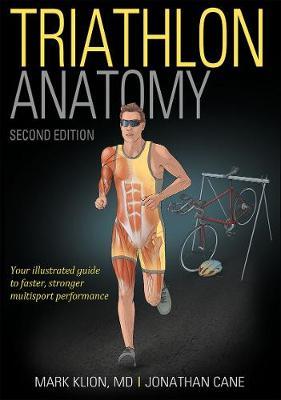
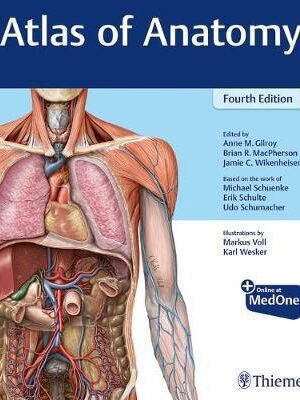

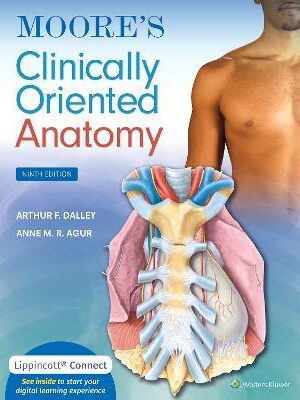
 Dentistry
Dentistry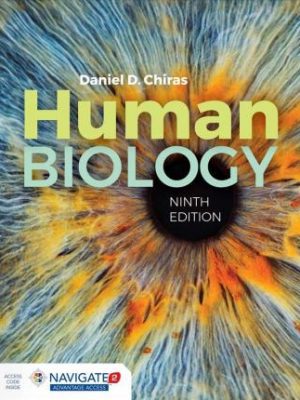
Reviews
There are no reviews yet.